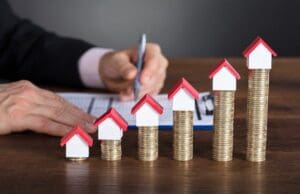There’s a lot of discussion in the property investment world about “running your property at a loss” to claim negative gearing. But what does this actually mean, and is it a sound strategy for your investment business?
Understanding Negative Gearing
- Negative gearing occurs when your property expenses exceed your rental income, meaning you are effectively paying more in costs—like mortgage repayments, insurance, and maintenance—than you earn.
- Many investors believe that running a property at a loss allows them to deduct those losses from their taxable income, providing short-term tax relief. However, this approach might overlook the benefits of self-sustaining properties.
Example Calculation – Assumptions
Consider purchasing a $500,000 investment property with a 20% deposit ($100,000), leading to a loan of $400,000.
- Annual Mortgage Repayment Calculation:
- Interest rate: 5%
- Annual interest-only repayment:
- Annual repayment=400,000×0.05=$20,000
- Total Ownership Costs:
- Insurance and maintenance:
- $5,000
- Total yearly expenses:
- Total expenses=20,000+5,000=$25,000
- Insurance and maintenance:
- Rental Income:
- Annual rental income (Negative Gearing): $18,000
- Annual Loss Calculation:
- Annual loss:
- Annual loss=25,000−18,000=$7,000
- Tax Benefit from Loss: Since this $7,000 loss is deductible, if your taxable income is $250,000, your taxable income reduces to $243,000.
- Tax saved=7,000×0.45=$3,150
- Out-of-Pocket Cost: The actual amount you pay out of pocket after tax benefits:
- Out-of-pocket cost=7,000−3,150=$3,850
- Annual loss:
Positive Gearing Scenario
Now, let’s compare this with a positively geared property that generates an additional $14,000 in rental income.
- Positively Geared Property Income:
- Annual rental income:
- $32,000 (which includes the initial $18,000 plus an additional $14,000)
- Annual rental income:
- Total Ownership Costs (Positively Geared):
- Total yearly expenses:
- $25,000 (same as above)
- Total yearly expenses:
- Net Income Calculation:
- Net income:
- Net income=32,000−25,000=7,000
- Net income:
- Tax Calculation:
- Taxable income after positive gearing:
- Tax=7,000×0.45=$3,150
- Net income after tax:
- Net income after tax=7,000−3,150=$3,850
- Taxable income after positive gearing:
Positive vs. Negative Gearing Comparison
- Gross difference over ten years:
- 7,000 (annual loss)×10=$70,000
- Net difference after taxes:
- The gross difference between negative and positive gearing appears to be $140,000 before taxes, but after accounting for taxes, the real difference is effectively $70,000.
- Net Cash Flow Difference:
- 3,850 (positive cash flow)−(−3,850 (negative cash flow))=$7,700 per year
- In a negative gearing scenario, your net cash flow position is an annual loss of $3,850.
- In a positive gearing scenario, your cash flow is $3,850 net income after tax.Net Cash Flow Difference over ten years:
- Thus, over ten years:
- 7,700×10=$77,000
- 3,850 (positive cash flow)−(−3,850 (negative cash flow))=$7,700 per year
The Cost of Running at a Loss
- If you lose $7,000 annually for 10 years, you contribute $70,000 out of your own pocket to cover these losses, assuming you offset tax benefits.
- This highlights that the critical loss is not just the income you may never receive but also the significant cash flow shortfall that can affect your financial stability.
Capital Growth Isn’t a Guarantee
- Property values do not always appreciate as expected. For instance, if your $500,000 property grows by $200,000 over 10 years, that growth is not guaranteed and can fluctuate based on market conditions.
- To better understand the real drivers of long-term property appreciation beyond short-term tax benefits, take a look at what drives long-term property value. This broader perspective can help you evaluate whether relying solely on capital growth justifies holding a negatively geared property.
- If eligible for a 50% reduction on capital gains tax (CGT), your taxable gain would be:
- Taxable gain=200,000×0.50=$100,000
- At a 45% tax rate, your CGT liability would be:
- CGT liability=100,000×0.45=$45,000
- Your overall position after factoring in the $38,500 loss from negative gearing would be:
- Final outcome=155,000−45,000=$110,000
This raises the question: Was holding a negatively geared property for potential capital growth worth it?
Risks of Running a Business at a Loss
- Operating your investment at a loss can strain your finances, especially during economic downturns or unexpected expenses.
- The stress of maintaining a loss-making investment can lead to burnout and poor decision-making, impacting your health and financial well-being.
Final Thoughts
Understanding the nuances of negative and positive gearing is essential for making informed property investment decisions. The choice between the two should reflect a broader strategy aligned with your financial goals and risk tolerance.
If you’re looking to build a sustainable portfolio, consider focusing on generating positive cash flow and diversifying your investments.




